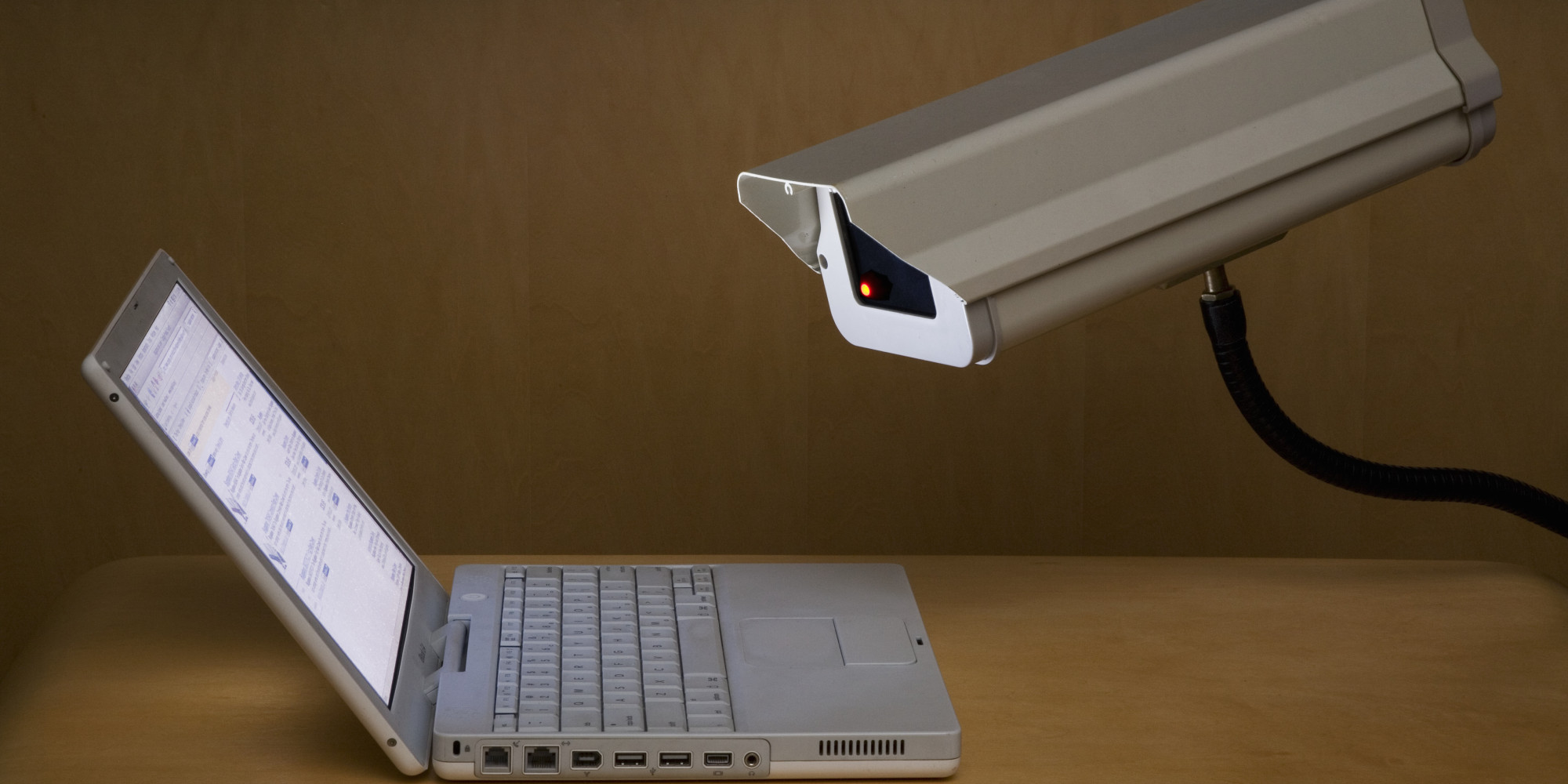It’s been a long 22 months since the first of thousands of classified government documents became public in what has turned into a drumbeat of astonishing revelations about the scope of mass surveillance carried out by the United States government.
On Tuesday evening, USA Today detailed a massive surveillance operation, run by the intelligence arm of the Drug Enforcement Agency, that began in 1992. The DEA revealed the existence of the now-discontinued program back in January, and USA Today‘s account offers remarkable details about how it worked.
The program, which enabled the United States to secretly track billions of phone calls made by millions of U.S. citizens over a period of decades, was a blueprint for the NSA surveillance that would come after it, with similarities too close to be coincidental, according to USA Today. Officials didn’t collect the content of Americans’ calls, the newspaper reports, but it gathered extensive data that enabled agents to stitch together detailed communications records and “link them to troves of other police and intelligence data” from the FBI, Customs, and other agencies.
The latest details are striking, not only because they reveal new depths of secret government surveillance, but also for how they reveal a continuum from the pre-9/11 War on Drugs to the post-9/11 War on Terror. That connection emerged almost immediately after the terrorist attacks—and it wasn’t just rhetorical, it was literal: “Since the start of their bombing campaign [in Afghanistan],” The New York Times wrote in November 2001, “allied officials have tried to link the new war on terror to the old war on drugs.” Taxes on poppy farmers who supplied Afghanistan’s opium trade helped finance terrorist groups, the newspaper reported at the time.
Read the full article here.
